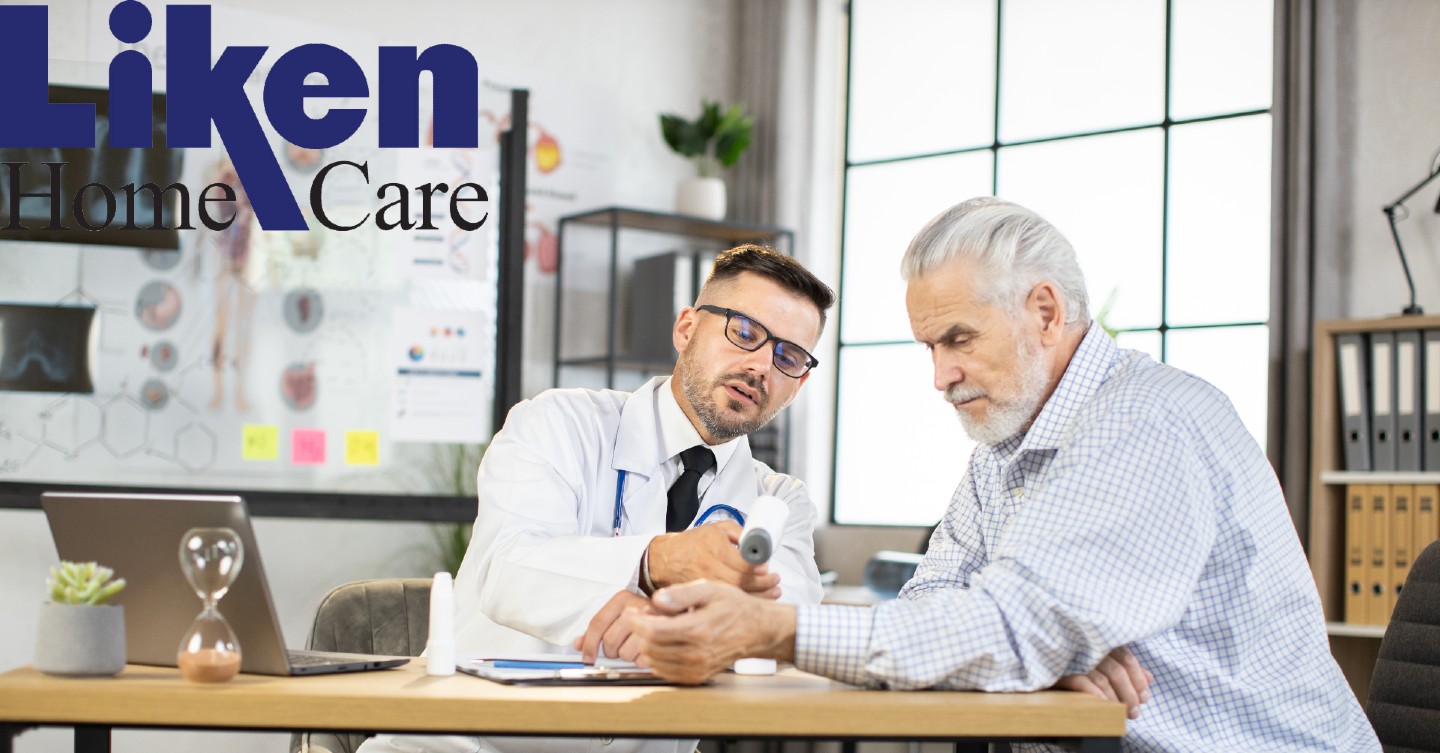Shingles and the Elderly

When you were a child, you probably remember getting chickenpox. Even though you may overcome it early on, the virus that causes it lays dormant in your body and can re-emerge later in life as shingles. If left untreated, it can lead to serious symptoms. The good news is that there are multiple ways the disease can be treated. Here is what to know about shingles.
Shingles Overview
As mentioned, shingles are the result of the varicella-zoster virus, which causes chickenpox in younger people. Over time, it can reactivate and inflame specific parts of the body. Symptoms include a rash on one side of the body or face, fluid-filled blisters, chills, fever, or a headache. On average, these symptoms last 2-4 weeks, with pain, numbness, or itching being the first noticeable signs. After 2 weeks, blisters and a blotchy rash appear. In another 7-10 days, the blisters dry up and the rash gradually disappears. The specific causes of a shingles outbreak are unclear, though experts believe it is linked to a weakened immune system. This places older adults at a higher risk for the disease compared to younger people.
Long-Term Effects
Even though the primary symptoms of shingles don’t last a long time, there may be some lingering after-effects. The most common of these is postherpetic neuralgia or PHN. It is a nerve pain that is located primarily where the shingles rash was located even after it goes away. It can make recovery challenging for older people due to the fact that the condition can last for months or even years. If shingles are located on the face, not treating them quickly can lead to eye damage or even blindness. Fortunately, it is extremely rare for shingles to be fatal.
Treatment Options
If someone you know feels like they are experiencing symptoms of shingles, they should contact a medical professional as soon as possible. Experts suggest doing so within three days of the rash occurring. Once shingles are confirmed, a treatment plan will be suggested. While there is no direct cure for shingles, there are antiviral medications that can help clear up blisters faster and reduce severe pain. These medications include acyclovir, valacyclovir, and famciclovir. A shingles vaccine is also available and serves as a safe and easy method of prevention. Much like with chickenpox, calamine lotion, oatmeal baths, and wet compresses can also help limit burning and itching.
There are other in-home options that you can do while recovering at home. Getting plenty of rest and eating quality meals are both beneficial, as well as wearing loose natural clothing. In addition, while shingles aren’t contagious, it is possible to catch chickenpox from someone who has shingles. This means you should keep any rashes covered, avoid touching them, and wash your hands often to reduce the chances that the virus can spread.
While shingles can be harmful, it is easy to get ahead of in terms of prevention. Knowing the symptoms to look for and contacting your doctor once they appear will help reduce the impact of the disease and allow you to get back to normal faster.
